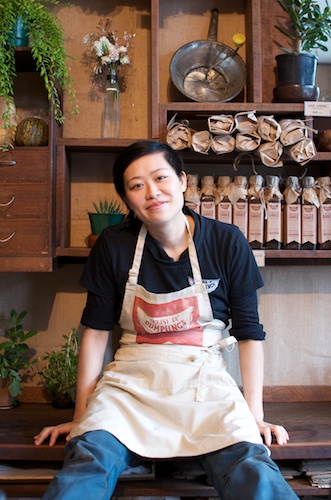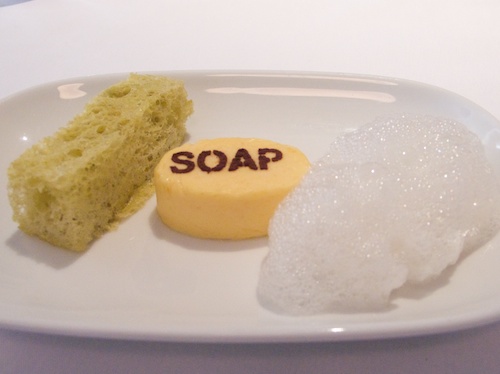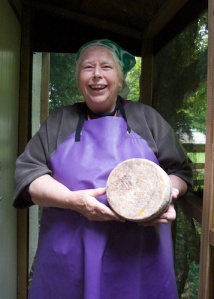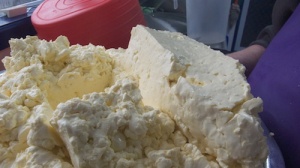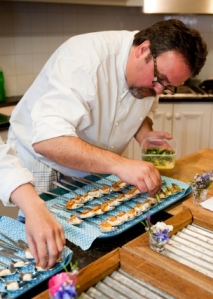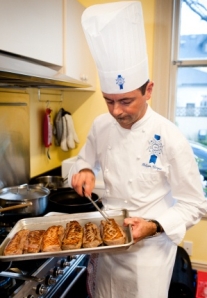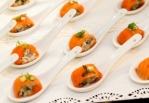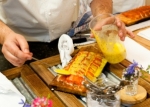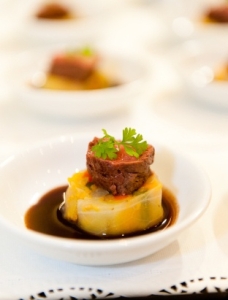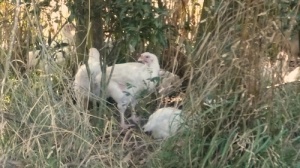I love dumplings. Steamed, fried or floating in broth; warm podgy parcels or elegantly pleated purses; pot stickers that cling to the frypan or dumplings that bulge with their own soupy juices – I love them all. 
Every country has its own sort – from the gnocchi of Italy to the cheese stuffed pierogi of Poland – but I particularly like the Asian varieties and I’m right behind the current trend for dumplings with flavour combinations that cross culinary borders. I’m thinking of the xiaolongbao dumplings filled with foie gras and truffles that I ate in Shanghai and I’ve been reading about the dumpling houses in New York that offer combinations like pork and fennel or dumplings stuffed with lamb cheeks. There is even a restaurant famous for its Pac Man shaped dumplings with sesame seed eyes. (click for NY Times review)
Here n Wellington, New Zealand, we have the recently opened House of Dumplings owned by Vicky Ha who swears she takes no notice of trends but is bang on with her range of dumplings that include traditional flavours like prawn and chives alongside combinations like pulled pork and watercress, smoked ricotta and pumpkin.
Her Nepalese spiced lamb dumplings, and Korean beef with sesame seeds are personalised renditions of national favourites and while some shapes are traditional, others have been invented by the dumpling queen herself. All are handmade from the stock to the dough, with ingredients that have been carefully sourced for their free-range or otherwise sustainable credentials.
Yes, they are more expensive than the ones you might buy from the freezer of an Asian supermarket but these are so much better – as good as the dumplings Vicky learned to make at home in Hong Kong. “I feed people with what I grew up with. The chicken dumpling is my mum’s recipe and there are good quality ingredients in there. I’m trying to do that same home quality at a commercial level.”
Vicky spent her early years in Hong Kong but was educated in New Zealand where she studied marketing and food science and then trained as a chef. Her eclectic food tastes were honed in the kitchens of Wellington restaurants (the White House and Cafe L’Affare) and her dumpling business began with a hawker bicycle cart at the City Market on the waterfront . The bicycle is now used to deliver dumplings around the capital and Vicky spends most of her time in the kitchen at the back of her Hong Kong styled dumpling house on Taranaki Street. She makes 200 dumplings a day all of which are wolfed down by busy urbanites who share her taste for what she calls the ultimate snack food.
“Every culture has its own dumpling, It’s comfort food for a lot of people and I guess my job is to glamorise it – don’t eat a hot dog, eat a dumpling.”
Vicky’s dumplings are available to eat in or takeaway at:
The Dumpling House 117 Taranaki St
Hole in the Wall 79 Manners St
City Market, Chaffers (Sunday mornings)
You can also buy freezer packs at Moore Wilson
